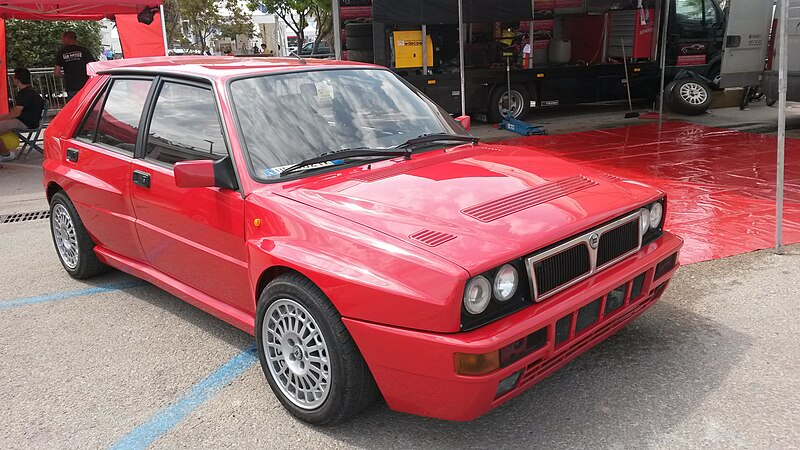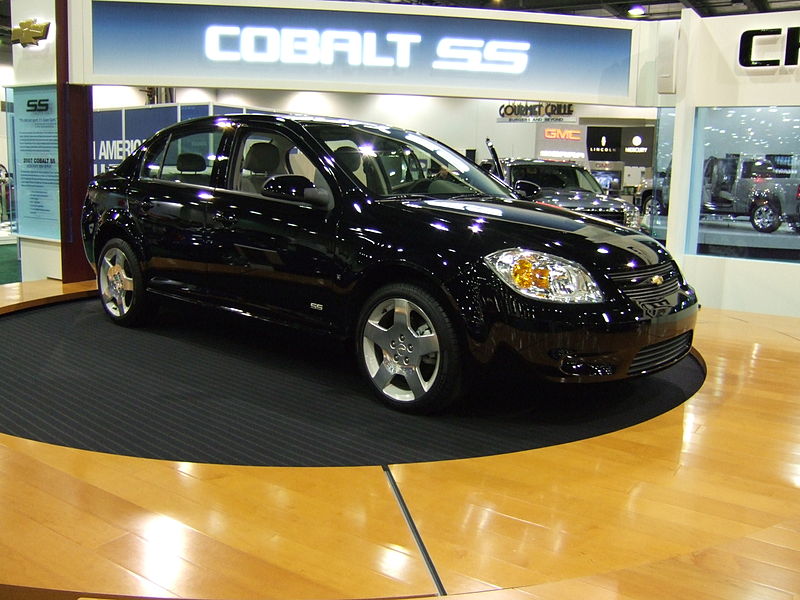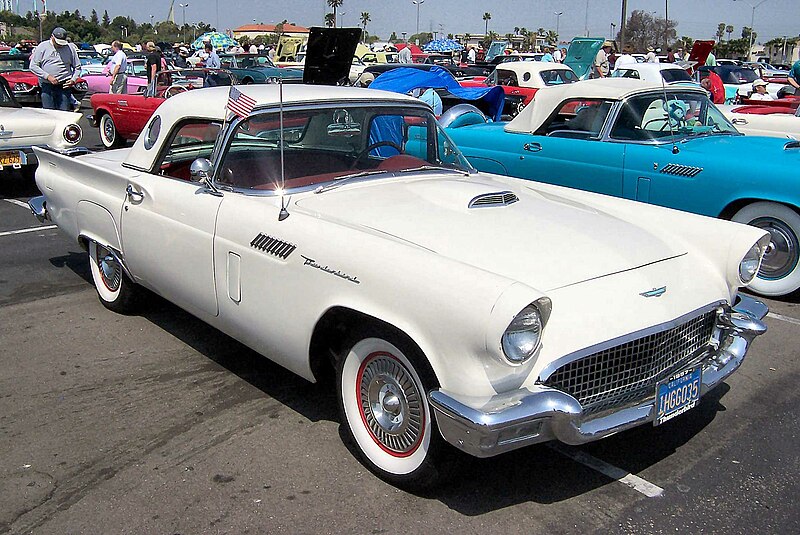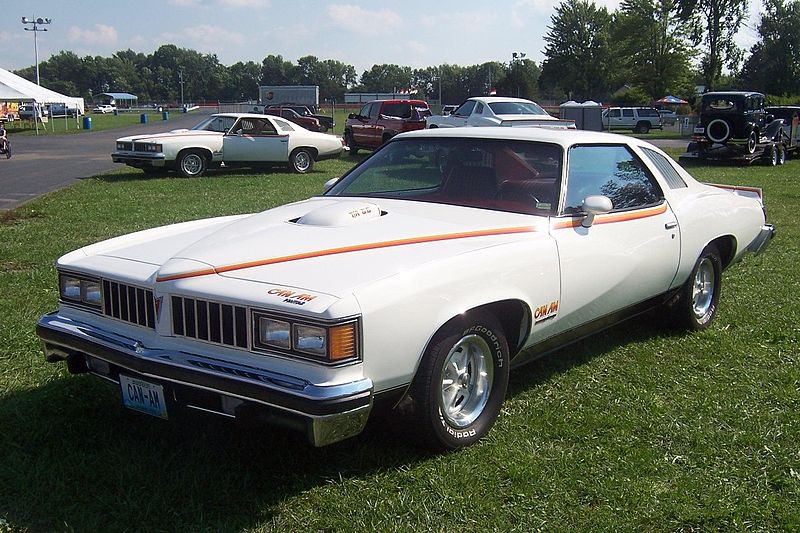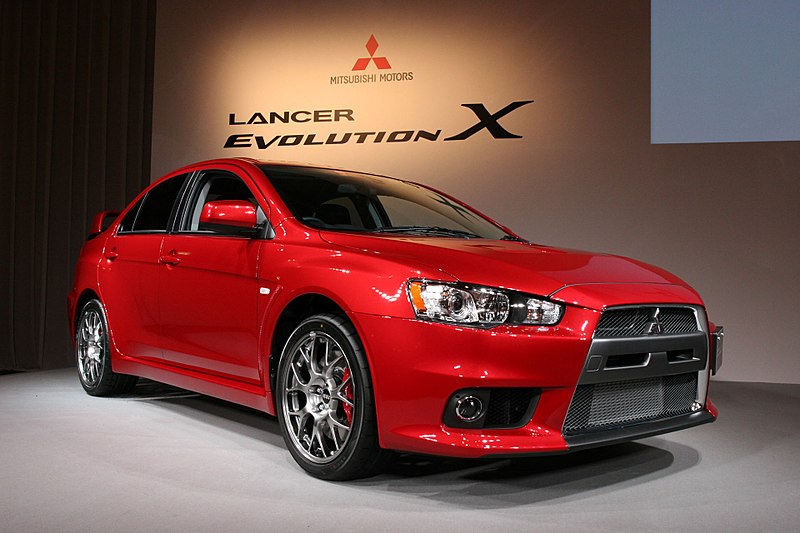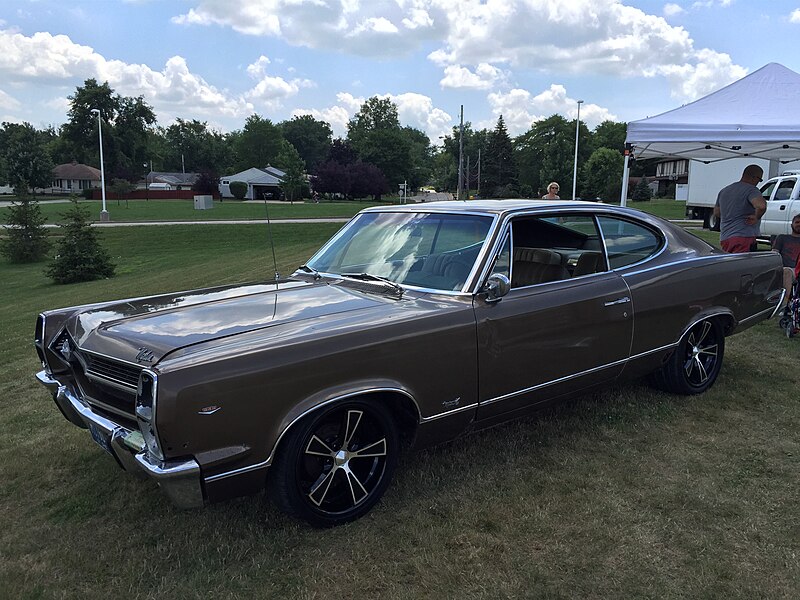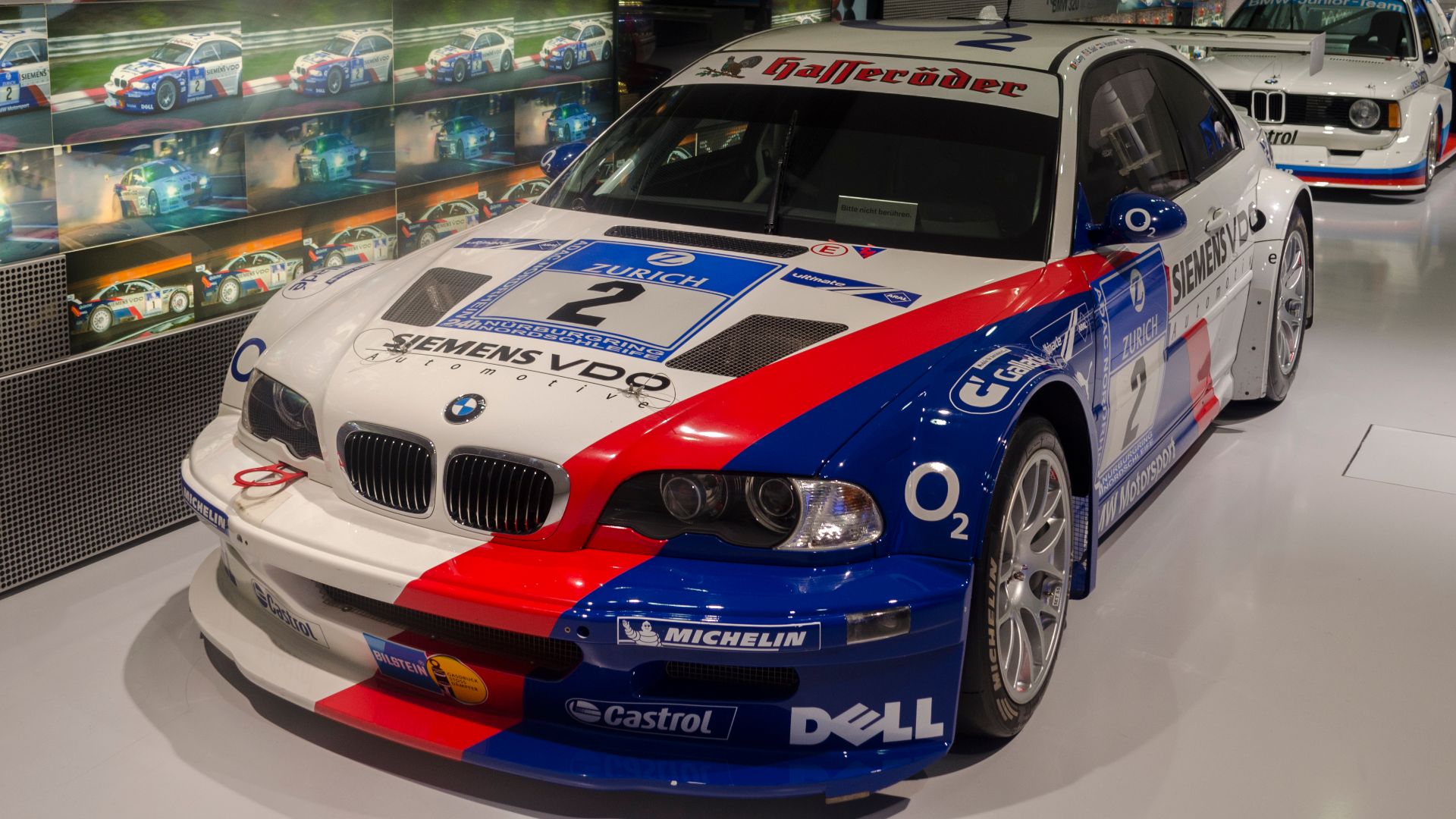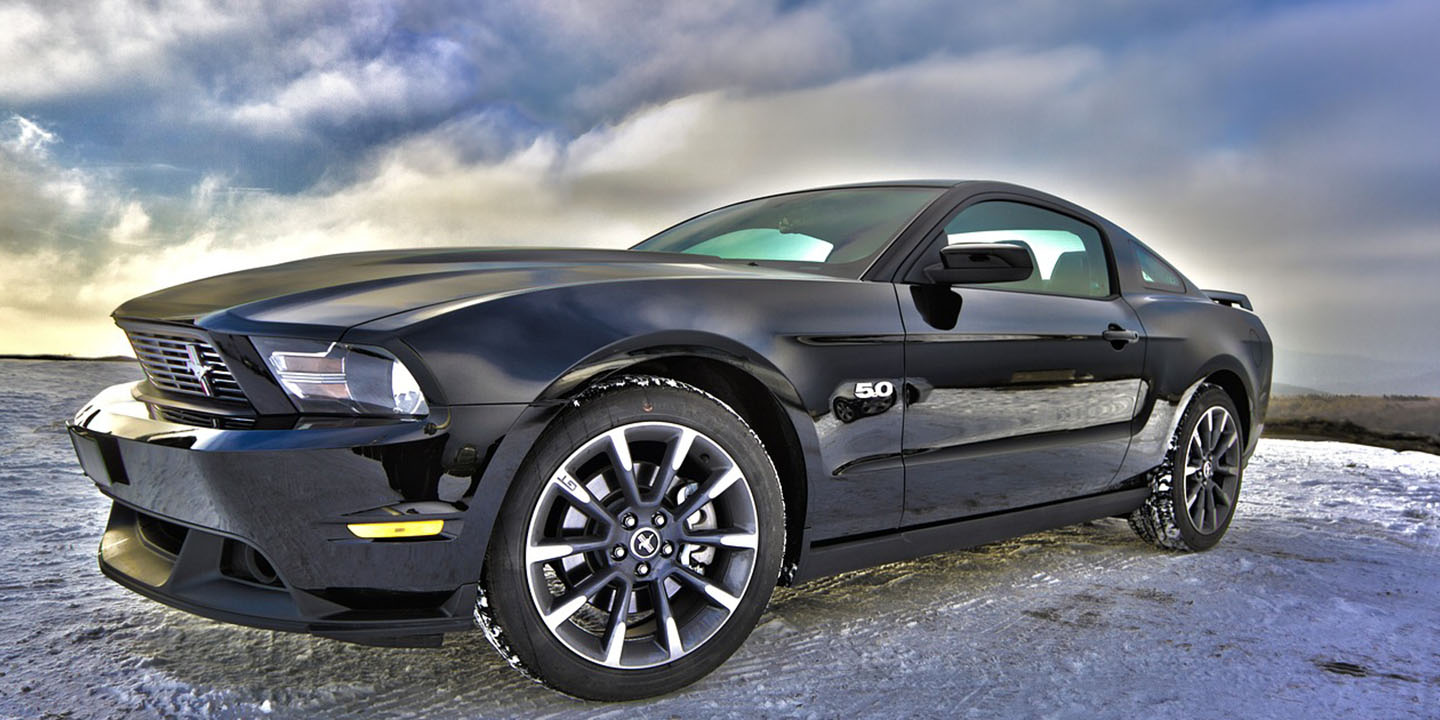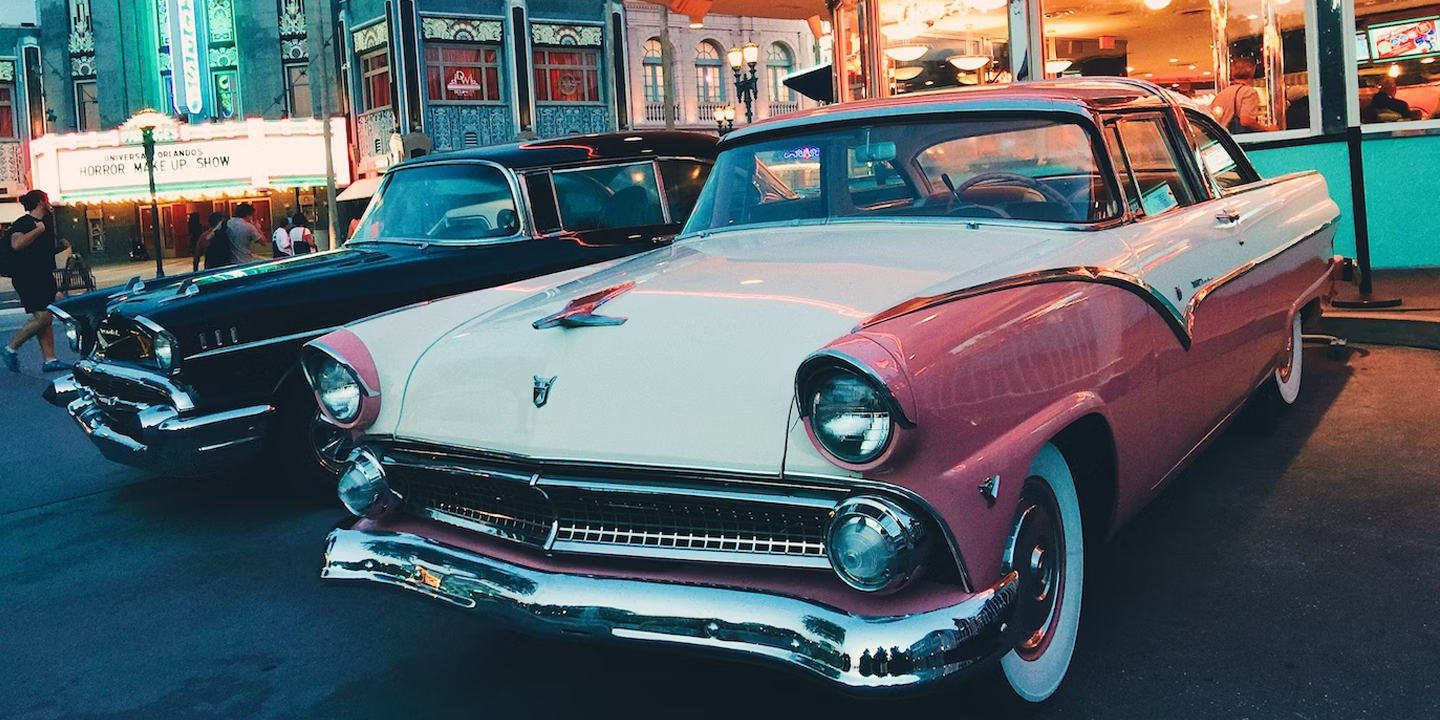Biggest Sports Car Flops
A lot has to go right for a new car model to be a success. That goes double for the competitive sports car segment. Road rocket drivers expect the world from automakers when it comes to their vehicles. Performance has to be peak, and the car has to look great as well. So it’s not surprising that when a sports car fails, it fails hard. Here are the ones that missed the mark the hardest.
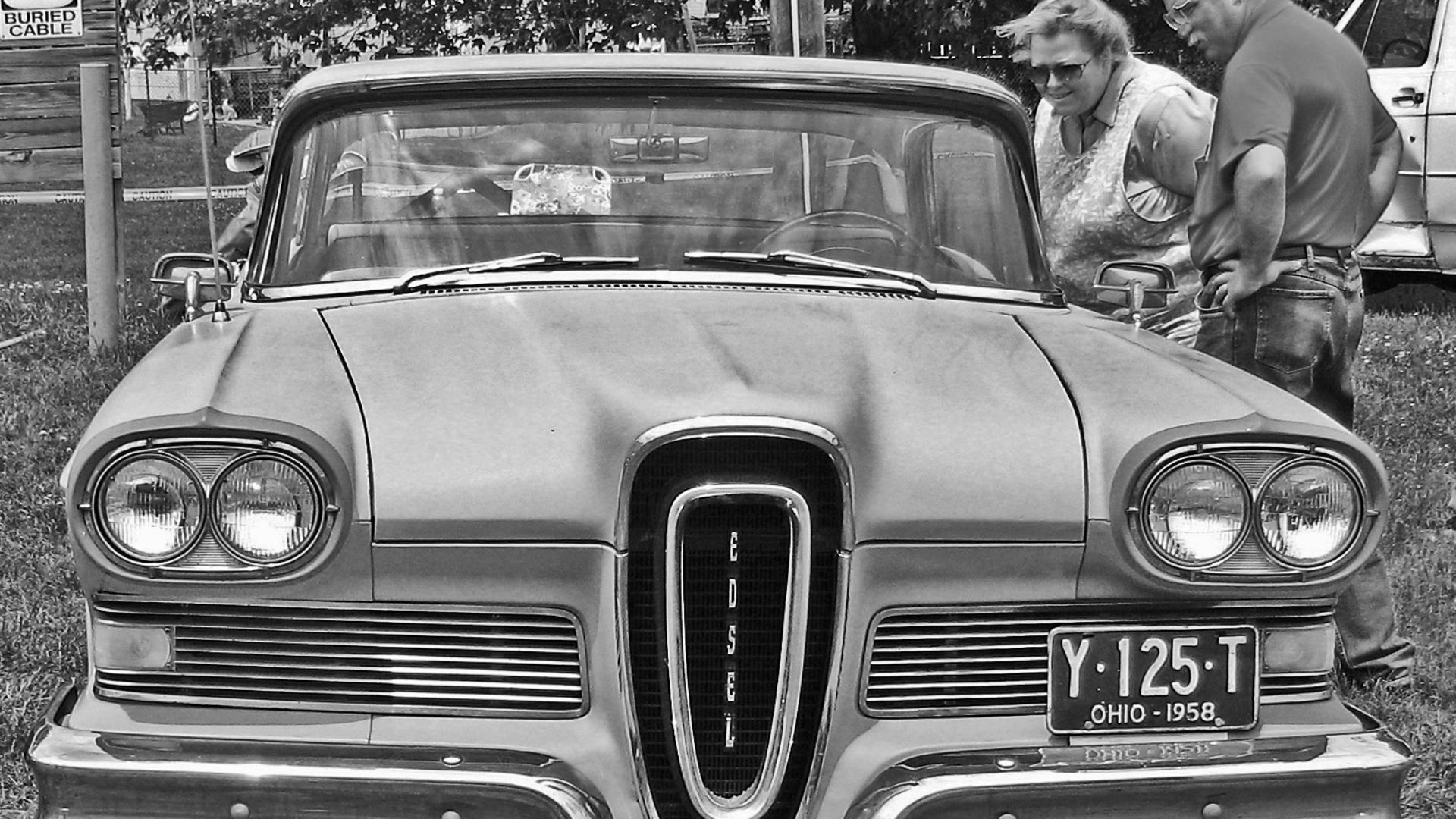 Don O'Brien from Piketon, Ohio, United States on Wikimedia
Don O'Brien from Piketon, Ohio, United States on Wikimedia
35. Ford Mustang California Special
Beloved by collectors, the California Special was introduced in 1968 as a special Mustang model to help boost sales in the state. It had a unique look, featuring a vinyl roof, side decals, and fake side scoops. Despite the fact that it sold well, it failed to make Ford’s investment in the car worth it. After 1968, Ford turned to another state for inspiration and started making the Colorado.
34. AMC Hornet 360
Based on the regular economy car of the same name, the Hornet came with better suspension, sharper steering, graphics package and a 360 V8. The upgrades turned it from ordinary compact into proper muscle car. At 245 HP, the Hornet’s lightweight body could really fly. Other 1971 cars were heavy, with even heavier engines, so the Hornet 360 was one of the fastest cars on sale. Unfortunately, AMC was too forward-thinking for buyers, and less than 800 Hornets were sold. To this day, they’re fairly rare and hard to find.
33. Ford Mustang GT350
For its 20th birthday in 1984, Ford introduced a special edition of the Mustang—the GT350. Available in a coupe or convertible build, production was limited to only 5,260 and sold fast. Despite its success, this car proved to be trouble for Ford. Immediately after its release, Carroll Shelby, the man behind the legendary Shelby Mustangs, sued Ford for unauthorized use of the “GT350” in its name. The matter was settled out of court, and Ford still didn’t use the GT350 name again until recently, in 2015.
32. AMC Matador Machine
The Matador Machine coupe package included steel wheels with performance rubber, heavy-duty suspension, dual exhaust, and 360 or 401 V8 engine with up to 330 HP. Produced only for a year, in 1972, the Machine was a very rare car, with only 50 of them being made. However, there was no signature red-white-and-blue color scheme, which might have been a no-go for AMC fans.
 Greg Gjerdingen via Wikicommons
Greg Gjerdingen via Wikicommons
30. Lancia Delta HF Integrale
The Integrale, which never made it Stateside, was a fragile time bomb. It was one of the greatest rally cars of its time, but in order to keep it track-legal, Lancia was obligated to produce a street-legal version as well. Called the “Stradale” by those in the know, it maintained not only the shape and build of the original Delta hatchback but the racing suspension and capable all-wheel-drive as well. The company declared an HP output of 250 HP but reportedly this speedster in disguise delivered upwards of 300. Unfortunately, it was notorious for having maintenance issues that were expensive to repair.
29. 1984 Chevrolet Corvette
2 Years after Prince’s Little Red Corvette came out, there was a lot of enthusiasm behind this sleek muscle car. But in the end, the 1984 models were extremely overhyped. One of the reasons for this was the redesigned instrument cluster and interior. While it was a major step forward for Chevrolet, the Corvette was still two steps behind other sports cars on the market.
28. Chevrolet Cobalt SS
GM just could never manage to find a footing in the compact car market. The Cobalt SS is a testament to GM’s habit of trying to short-change high-price features to cash in on a trend. Intended as an affordable hot hatch, GM really should have spent more on this one. It was cheaply assembled, prone to failures, and unreliable. An SS trim package does not a sports car make.
27. Ford Thunderbird
Style over substance sums up this attractive little number. Just like the Corvette or Chrysler C-300, drivers didn’t consider the Ford Thunderbird a proper muscle car. Built for average consumers, the Thunderbird was a luxurious two-seater with low production numbers and a high price tag. Its style and performance were stellar, however Ford only introduced this particular Thunderbird model for one year even though it outsold the Corvette.
26. Delorean DMC 12
Perhaps the most hyped sports car in history was the DMC-12. The DeLorean company's meteoric rise and subsequent crash is only outshone by it’s most famous release. Right away, the DeLorean established itself as one of the most distinctive cars on the market in the 1980s. Its defining feature was its unadorned stainless steel body panels, which cemented its place in automotive history. Unfortunately, production issues can hamper even the most iconic of cars, and so we had to say so long to the DeLorean before its time.
 Berthold Werner via Wikicommons
Berthold Werner via Wikicommons
25. 1976 Porsche 924
When Porsche was trying to reinvent its brand image, they decided not to mess with the classic 911. Instead, they introduced the newly designed 924 to consumers looking for something fresh. However, it turns out the thirst for a new look wasn’t as strong as they thought. Although the 911 continued to do well, the 924 didn’t do well and faded away into oblivion.
24. 1982 Ferrari Mondial
Just like Porsche, Ford was going through a transitional period in the early ’80s. They decided to produce an entry-lever sports car marketed to the new wave of young urban professionals. The 1982 Ferrari Mondial had a stylish design going for it, but little performance to speak of. Strange, considering it was a Ferrari. Additionally, overheating was a recurring issue for drivers who wanted to push the car to top speeds in an urban setting that didn’t allow for much range.
 Daniel Penfield via Wikicommons
Daniel Penfield via Wikicommons
23. 2004 Pontiac GTO
Pontiac had been struggling for a while, and to prolong its dying breath GM figured it would release a sporty RWD compact. Unsurprisingly, consumers were underwhelmed when the GTO was unveiled. Even though it had a powerful engine, the car was weighty and underperformed on the track and as an everyday ride. Despite a ton spent on marketing, including several video game cameos, the GTO never reaches stardom.
22. Plymouth Prowler
You either love it or hate it, but you can’t argue that the Prowler is a piece of auto history. This modern roadster was the last hurrah for the Plymouth brand, and things started to go wrong for it from the start. Its lackluster 3.7-liter V6 was the same engine that powered every other boring family vehicle on the road. Without good performance, the car had an appearance that only a mother could love, and a few collectors it seems.
21. Chrysler Crossfire
Only produced for four years, from 2004-2008, the Crossfire is a bit of an odd duck. It handled well and had few maintenance issues, but beyond that it left much to be desired. For a sports coupe, the design lacked edge. In terms of performance, it played to the heavier sedan frame that it was modeled after. It wasn’t the worst car ever made, but nobody missed it when it was gone.
18. Fiat 500 Abarth
The Fiat has always been known for its quirky styling coupled with flashy performance. Also, it’s just a fun car to drive. Although it barely qualifies as a performance vehicle, it does offer some of the speed and maneuverability of a track car. However, the Abarth revealed early on that it came with a manufacturer’s error: a faulty clutch plate, which can be costly to repair.
17. Lotus Elise
Still in production, the Elise looks and drives like a proper sports car. It has a loyal following and enviable performance. It’s main drawback is that servicing one costs a fortune. Because of its elite nameplate, that shouldn’t be a surprise, and you do get a powerful car for the price. However, you should only get and Elise if you’re ready to pay through the nose for the specialized upkeep the car requires.
 Alexandre Prevot via Wikicommons
Alexandre Prevot via Wikicommons
16. Mazda 323 GTX
The Mazda 323 GTX was one of the first affordable turbocharged hatchbacks to hit the market. The boxy frame became characteristic of the 80s aesthetic, and it could really drive. The GTX was race-ready, with all-wheel drive, a locking center differential, and a turbocharged engine. However, it was also well-known for needing frequent, finicky repairs.
15. Subaru BRZ
The 2012 advent of the BRZ was a departure for Subaru. Although it’s got good bones, drivers have been critiquing its meh performance from the very beginning. Maybe if it had an edgier look, we could forgive the subpar power of the engine. But things are looking up for the BRZ. For 2022, Subaru had announced a newly-designed model that look pretty on point for a sports car. Hopefully it also has the performance to boot.
14. Porsche Cayman 987
Following the success of the Boxster, Porsche released the Cayman 987. Boasting similar performance and luxe design, the 987 seems like an overlooked treasure in Porsche’s lineup. But when you look a little closer, it’s clear that Porsche was just reiterating what they’ve done in the past in the 987. Perhaps that’s why it failed to inspire any consumer excitement.
13. Honda Civic Si Hatchback
With a turbocharged engine and a sporty design, the Si edition of the Civic could have been a big success. But after only a short run, Honda discontinued the model for the better-selling coupe and sedan styles. Too bad, because the Si was cheap and fun to drive, and even though it was small, it ran like full-size muscle car. Alas, the market just wasn’t into it.
11. Honda S2000
 Sayantsi via Wikicommons
Sayantsi via Wikicommons10. Neon SRT-4
Undeniably, the Dodge Neon was one of the most popular economy cars of the late 1990s. Everyone had one, and if you didn’t, you probably wanted one. SRT stands for “Street Racing Technology” and this edition of the Neon clocked a cool 285HP. The SRT-4 could have been perfect had it featured a more detailed interior. Chrysler was known for skimping when it came to quality. But still, for the price, you got an adequate amount of performance that got you where you needed to go.
9. Pontiac Can Am
You could call the Pontiac Can Am the last true muscle car of its era. Made in 1977 only, it packed performance in a unique body style. Under the hood was a big 455 engine with 200 hp, more than any other muscle car on the market at that time. The Can Am package consisted of special rear window louvers, a rear spoiler, and a long list of special optional extras. Though the market responded very well, with between 5,000 and 10,000 reservations, in the end it only sold 1377 examples. Truly a sign that the American performance segment was coming to a close.
8. Hyundai Genesis 2.0
Hyundai really stepped out of its comfort zone with this one, and the result was not a hit. Only in production for six years, the Genesis is the sports car that everyone loves to hate. In fact, it’s inspired Youtube videos with title like, “5 Reasons I Hate My Genesis 2.0!” Ouch. Should have thought this one through a little longer, Hyundai.
7. Honda Civic Type R
The trusty Honda Civic is admirable for a lot of reasons. Coupling Honda’s renowned reliability with street-worthy styling and lots of fun add-ons, it’s no wonder it’s a favorite of everyday drivers and drag-racers worldwide. So the demise of the Type R was a bit of a shock, especially because it was so avoidable. Basically, the Type R could never be sold in the States because it didn’t meet the emission standards—making it illegal to even drive here.
5. Mazda Miata
Like the Fiat, the Miata has always been a bit iconic. It’s nimble, lightweight, and fun to drive. In terms of looks, you know what to expect—and this might be why it hasn’t exactly wowed sports car fans. Mazda has avoided innovating on the Miata formula for years. While we agree that f it ain’t broke, don’t fix it, we would at least like to see a few enhancements every so often. As it is, the Miata is so ubiquitous, it’s become forgettable.
4. Mitsubishi Lancer Evolution
The Lancer Evolution came out in the early 2000s, ready to cash in on the craze for compact sports cars. The Lancer was well-designed, but Mitsubishi skimped on a lot of options. Despite offering decent performance, the interior and some of the styling felt and looked sub-par. Since then, Mitsubishi has made up for this flub of a car with much better models to choose from.
3. Subaru WRX
Subaru has a long history of success in the rally car business, so you would think they would know how to put out a winner. But across the board, the WRX only earns a resounding rating of average. The styling is pretty good, performance is about what you’d expect from a mid-teir consumer performance model, and… that’s the best we can say about it.
2. AMC Marlin 343
Back in the mid-60s, AMC was famous for its lineup of economy cars and small sedans. However, the management at AMC saw room in their lineup for an exciting, sporty car. Enter the Marlin model. The Marlin was a mid-size fastback with a slick design, however when you get down to it the car only delivered mediocre performance. For the 1967 model year, AMC decided to introduce a 343 V8 version of the Marlin with 280 HP. And it was gone after that.
1. BMW M3 GTR
To maintain an even playing field for racers, companies that send anything to the track are limited by what they offer as part of their purchasable product. In the early 2000s, BMW – wanting to install a 4.4L V8 in their M3 racer – had to develop a street-legal car on the market that offered this as well. Enter the M3 GTR, with supposedly 493 HP – in actuality, a mindblowing 600. BMW only build 10 of these cars and kept them within the company, an insult to car buffs everywhere who would have loved to add one to a private collection.





